Picture this: you’ve parked your RV and attempt to deploy the steps, only to find that they’re hard to pull out or even stuck.
Suddenly, getting in and out of your RV turns into a major hassle. To prevent this situation, it’s crucial to grease this vital component of your RV regularly.
Key Takeaway:
The ideal lubricant for RV steps is a silicone-based lubricant like 3-IN-ONE RVcare Slide-Out Silicone Lube it protects against water and rust while enhancing the longevity of steps. Prioritize products that offer UV resistance to prevent degradation from sunlight. Clean the steps before applying the lubricant and avoid overuse; excess lubricant can attract dust and dirt that will affect the operation of your steps.
Types of lubricants for RV steps
There are a handful of lubricants you can select from for your RV steps. Each offers a unique advantage that may meet your requirements.
Silicone Spray
A water-resistant lubricant that is non-stick and dries quickly. These qualities make it a popular choice amongst RV owners. The silicone forms a protective barrier on your steps that repels water, dust, dirt, and debris.
Properties: It’s water-resistant. Has low viscosity and a low friction coefficient.
Benefits: Providesprotection against rust and corrosion, prevents squeaking and sticking, and performs well in cold temperatures.
Drawbacks: Can attract dust and dirt. Requires regular reapplying.
One silicone spray you may want to try is the 3-IN-ONE RVcare Slide-Out Silicone Lube. It’s formulated to take care of your steps. The UV protection that it offers prevents cracking and fading. Another couple of reasons to give this product a whirl is that it dries fast and is long-lasting.
White Lithium Grease
This is another lubricant that has water-resistant properties. Also, it adheres well to the surface of your RV steps. This characteristic prevents corrosion of your steps plus reduces friction for smooth operation.
Properties: High viscosity. It’s also resistant to water and moisture.
Benefits: Great for heavy-duty use. Can withstand high temperatures and protects against rust and other forms of corrosion.
Drawbacks: Can be messy. It has the propensity to attract dust and dirt. It’s not able to withstand cold temperatures.
For those who want to go the white lithium grease route, LITH-EASE Premium White Lithium Grease is an option. Not only does it protect steps against rust and corrosion it also performs in all extremes of weather.
Teflon-based Lubricant
If you want an exceptional performance from your steps, opt for teflon-based lubricants. The Teflon ensures a slick finish that aids in the smooth operation of this part of your RV. This type of lubricant is heat resistant which is advantageous in diverse weather conditions.
Properties: This type of lubricant has low viscosity. It’s water-resistant and has a low friction coefficient.
Benefits: Protects against corrosion. Prevents squeaking and sticking of stairs. Performs well
at high temperatures.
Drawbacks: Because it’s a wet lubricant, there is a tendency for it to attract dust and debris. It’s not long-lasting so requires frequent reapplication.
DuPont Teflon White Lithium Grease takes care of the squeaking and sticking of your RV steps. It’s safe to use on materials that standard lubricants may damage. The anti-corrosion properties of this lubricant ensure your steps will last for many travels.
Graphite Lubricant
Just like its Teflon counterpart, Graphite Lubricant can also withstand high temperatures. It also has longevity, which provides the RV steps with long-term maintenance. The durability of this lubricant gives it an endurance against the rigors of RV travel.
Properties: This is another lubricant that has a low viscosity. Also, it has a low friction coefficient and works well in extreme temperatures.
Benefits: It’s Ideal for metal surfaces. It’s anti-corrosive and stops squeaks and stiffness in stairs.
Drawbacks: It can leave an untidy appearance if not applied carefully. You will need frequent reapplication. Avoid using it on plastic or nylon surfaces.
For your RV, you can use EZ Slide’ Slide-out Lubricant. This lubricant keeps moisture at bay. Also, it creates a film on your RV steps to protect them from rust and corrosion. Friction is minimized as a result of the non-greasy nature of this product.
Dry Lube with PFTE
Dry Lube is another lubricant that offers frictionless operation for your RV steps. It is resistant to attracting dust and debris. By ensuring smooth operation and minimal maintenance, dry lube enhances the reliability and functionality of your RV steps.
Properties: A lubricant with low viscosity. Additionally, like various other lubricants, it is water-resistant and has a low friction coefficient.
Benefits: It offers protection against corrosion and prevents squeaking/sticky stairs. Can withstand extremes of temperature.
Drawbacks: Though it’s a dry lubricant, it can still attract dirt. You need constant reapplication.
Materilix makes a 100% PTFE Dry Lubricant Ultrafine Powder that you can apply to your RV steps. It has a low coefficient of friction that reduces wear. The PFTE repels water, therefore the chances of rust forming are lowered. On top of that, this lubricant is non-sticky which eliminates the possibility of dust buildup.
How to choose the right lubricant for your RV steps
When selecting a lubricant for your RV steps, the choice you make is influenced by a range of factors such as:
1. Step Material
Identify what your steps are made of. This could be metal, aluminum, or plastic. Different lubricants work better with specific materials. For example, if your steps are metal, White Lithium Grease or Teflon-based lubricant might be suitable due to their corrosion resistance.
2. Weather conditions
What weather conditions do you often encounter when you are traveling in your RV? If it’s mostly rainy or damp weather, Silicone spray is a good choice because it’s water-resistant.
3. Ease of Application
You don’t want the process of applying lubricant to be a hassle. Aerosol-based lubricants such as silicone spray provide ease of application.
4. Longevity
Look for a lubricant that provides long-lasting protection. This an important quality for those of you who are on trips during which there is little opportunity for maintenance.
5. Non-stick properties
To avoid a build-up of dust and dirt, choose a dry lubricant such as silicone sprays or those that contain PTFE.
You will find there can be a lot of debate online about which lubricant to use. Bear in mind, that everyone has their own opinion. Use a variety of lubricants and then settle on the one that you are satisfied with.
Why should you lubricate RV steps?
Lubricating the steps of your RV is more than just eliminating those annoying squeaks. It’s about ensuring your trip is hassle-free from the ground up.
Regular lubrication minimizes friction, reducing wear and tear on this vital part of your RV. This translates to extended step life and less maintenance woes.
By repelling water and preventing dust, the right lubricant also safeguards against weather-related damage.
Steps that operate perfectly every time you use them help you to stay safe, reduce accidents, and ease access into and out of your RV.
Which Is the Most Recommended Lubricant For RV Steps
One of the more popular choices for steps amongst RV enthusiasts is Kwikee Kwick Lube. What makes this lubricant a favorite is its triple action. It transforms from a fluid to a grease which protects your steps and its mechanisms against heat, moisture, and corrosion.
Also, it focuses on reliability and efficiency. This is delivered through the quick and hassle-free lubrication that it offers. The specialized formula protects your RV’s steps against wear and corrosion, which extends their lifespan.
Kwikee Knick comes with a user-friendly application process that saves you precious time.
How do I apply lubricant to my RV steps?
Before you start lubricating the steps of your RV, make sure that the RV is parked on a level surface and that the steps are fully extended and stable. Next, you will need to have on hand the following items:
- Your lubricant
- A soft brush or cloth
- A dry cloth.
You must take your time when applying the lubricant. If you don’t the result can be messy and you may have to repeat the process.
1. Clean the steps
Use your brush or cloth to clear away any dust, dirt, and debris from the steps. This allows the lubricant to adhere more effectively to them.
2. Apply the lubricant
Before you apply your lubricant, carefully read the manufacturer’s instructions. Going against these can void your warranty. Each type of lubricant requires a different application method.
Silicone spray: Hold the can 8-12 inches from the moving parts, hinges, and pivot points. Spray a light even coat, being careful not to overspray and area.
White lithium grease: Use a clean cloth to apply the grease to all necessary components of the RV steps.
Teflon-based lubricant: Spray uniformly over the parts of your steps. Ensure you get a consistent coating.
Graphite lubricant: Apply the graphite to the steps with a cloth or applicator. Work the graphite thoroughly into each mechanism.
Dry Lube with PFTE: Spray the lube to the moving parts and pivot points. Allow it to dry before retracting the stairs. Check that the PFTE has formed a dry, non-stick coating.
3. Operate the steps
After you have applied your lubricant, manually operate the steps up and down several times. This allows for the lubricant to be spread through all the parts of the steps.
4. Clean up any excess lubricant
Use a clean cloth to wipe away any lubricant that may have dripped or accumulated during the application. Removing excess lubricant prevents dirt and debris from sticking to it.
The frequency at which you lubricate your steps depends on how often they are used. Weather conditions and the type of lubricant also influence the regularity of lubrication. A general rule is to lubricate the steps once every three to six months.
Final Thoughts
The various options of lubricant for your RV steps highlight the importance of a tailored approach to maintaining them. Your circumstances and the environment you regularly travel to determine which lubricant you choose. With this knowledge, you can preserve the longevity and functionality of your RV steps.


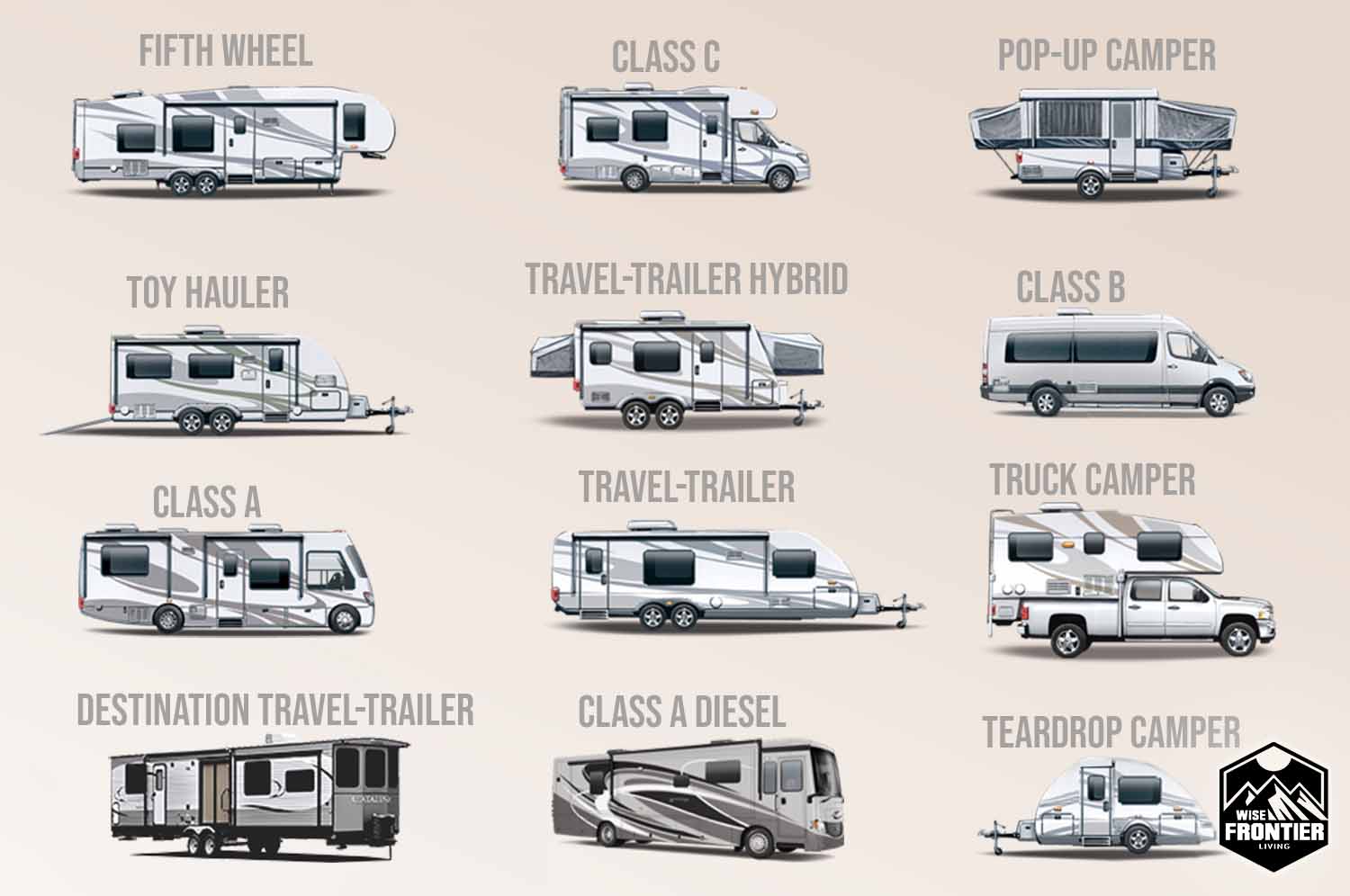

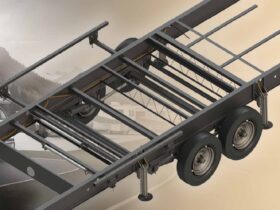

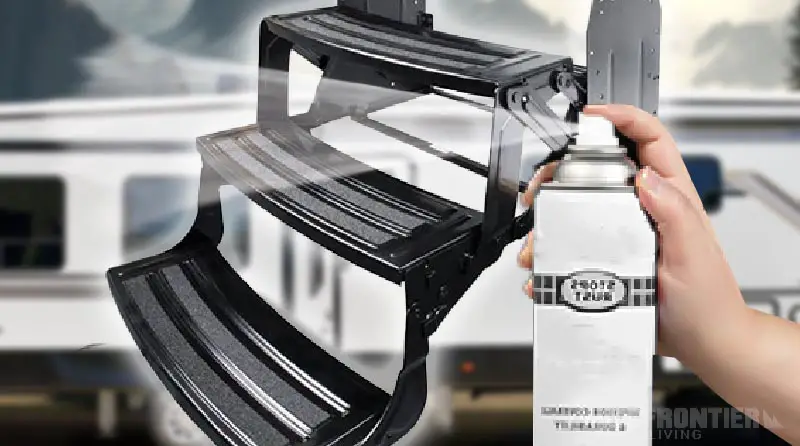
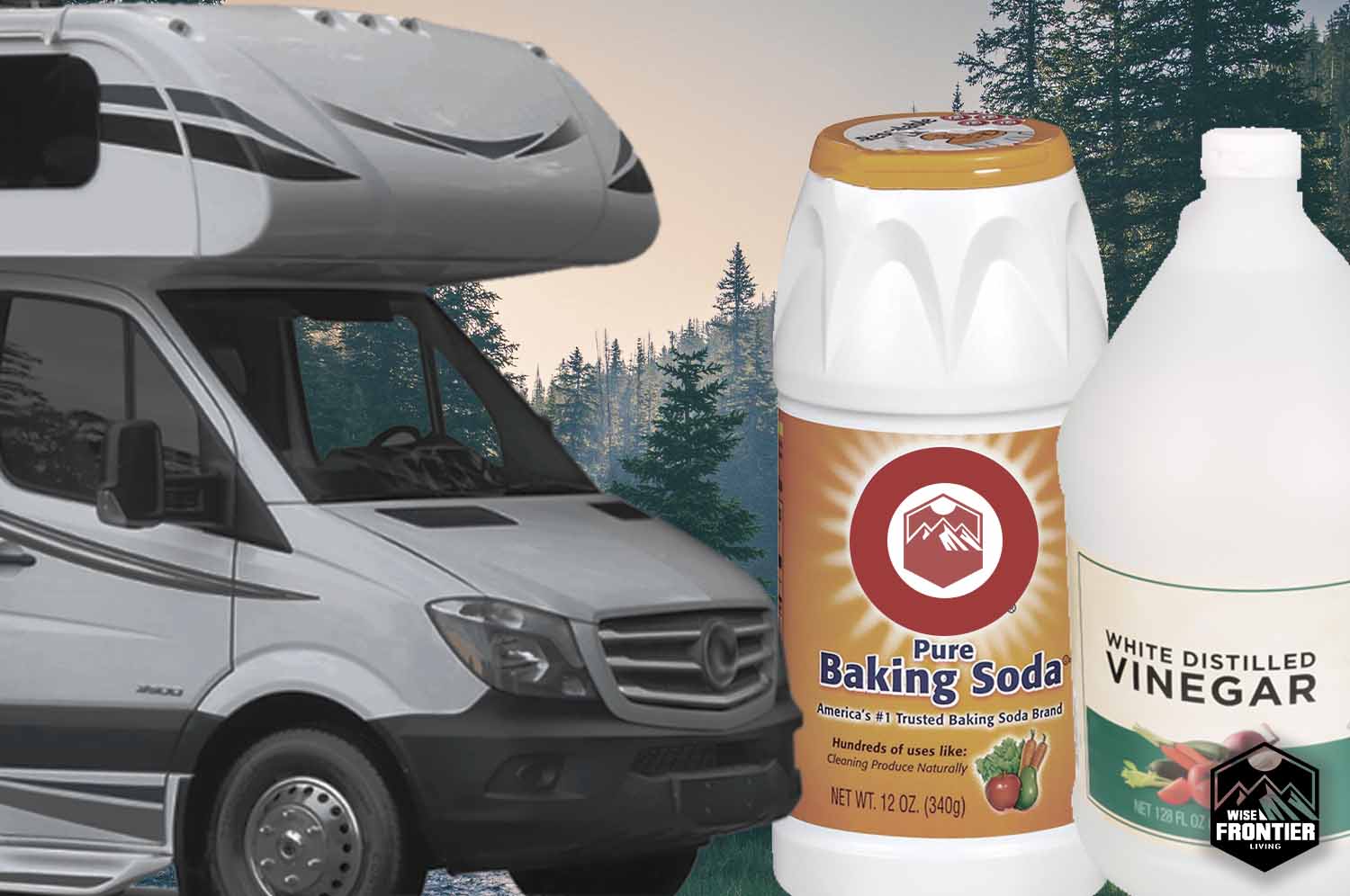


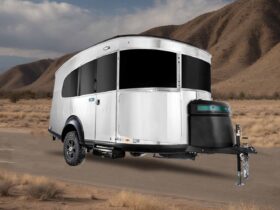




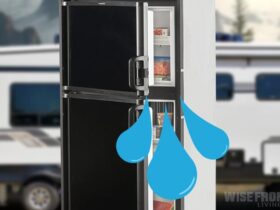
Leave a Reply